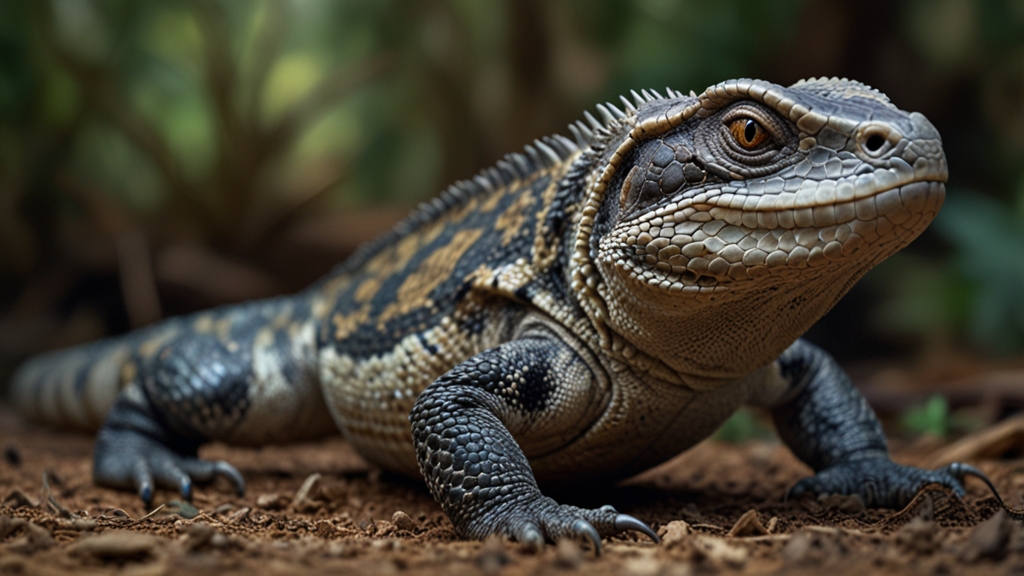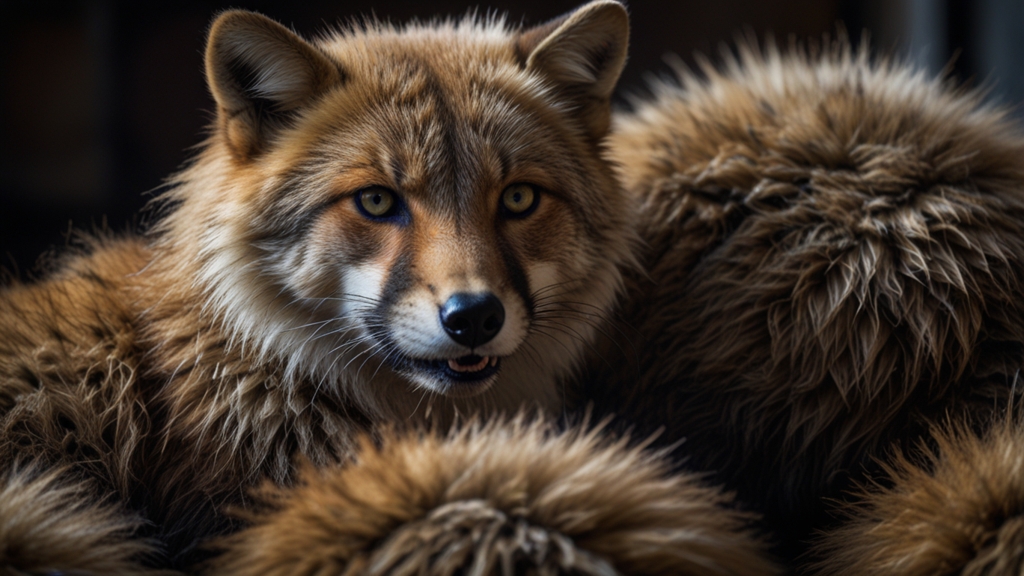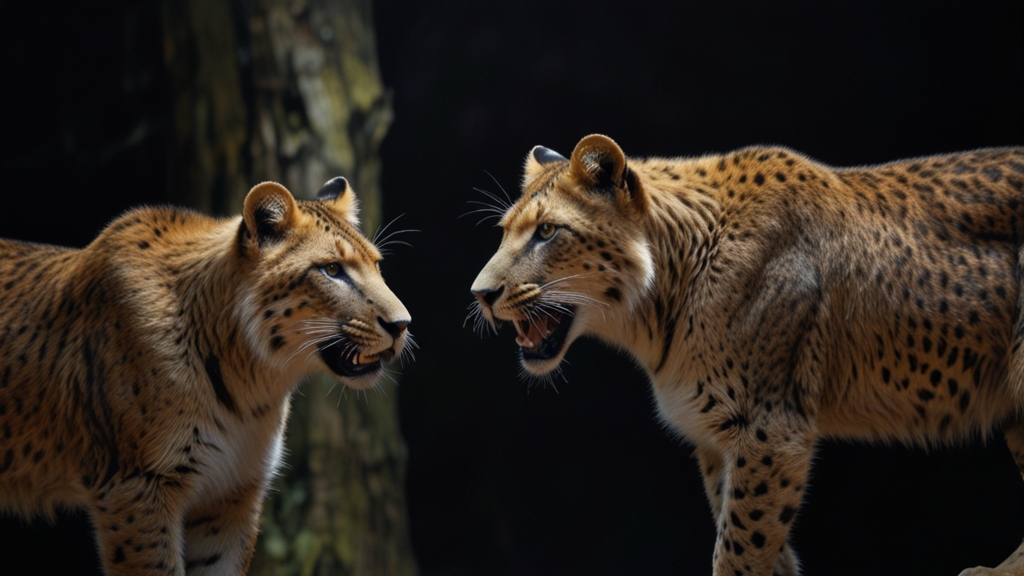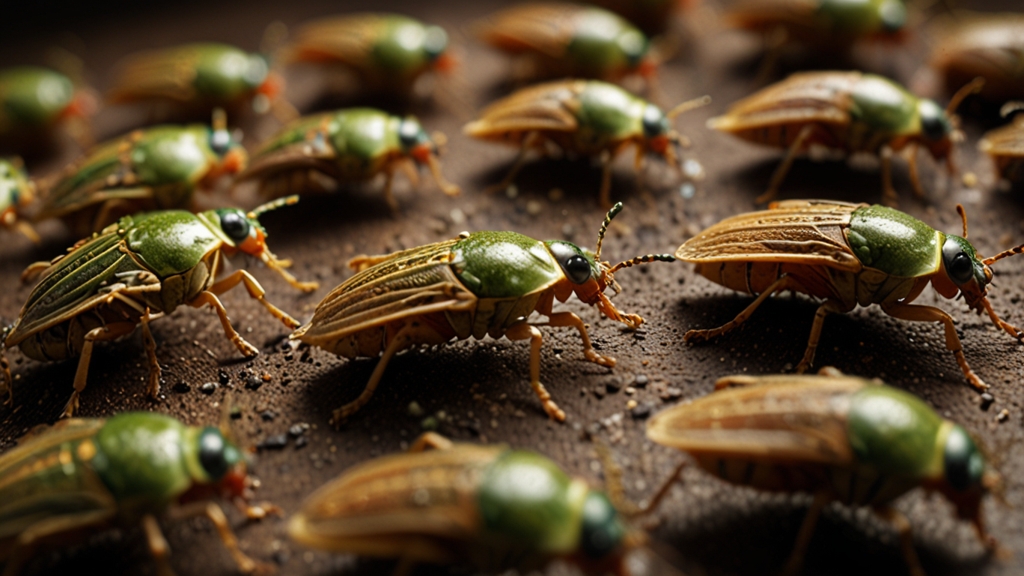Portraits of Survival: Endangered Species Fighting for Existence
In the vast tapestry of life on Earth, countless species have thrived, evolved, and coexisted for millennia. However, the modern world presents unprecedented challenges to many of its inhabitants. Habitat destruction, climate change, poaching, and pollution are just a few of the threats causing a rapid decline in biodiversity. Among those affected, some species are teetering on the edge of extinction, fighting daily for their survival. These "portraits of survival" highlight the crucial need for awareness and action to protect our planet's most vulnerable residents.
The Majestic Amur Leopard
The Amur leopard, one of the most elusive big cats, roams the forests of Russia and China. With only around 100 individuals left in the wild, it is one of the world's rarest and most endangered big cats. These solitary animals are known for their beautiful, thick fur and incredible speed, capable of running at up to 37 miles per hour.
"The future of the Amur leopard is uncertain. We must act now to save this magnificent predator from the brink of extinction." - Wildlife Conservationist
Deforestation and illegal poaching for their prized fur are the leading causes of their decline. Conservation efforts focus on anti-poaching measures, habitat restoration, and breeding programs to ensure these leopards can continue to roam their native lands.
The Struggling Hawksbill Turtle
The Hawksbill turtle, recognized by its distinctive shell pattern and sharp beak, is critically endangered, with global populations decreasing due to illegal trade, habitat loss, and climate change. These sea turtles play a vital role in maintaining healthy coral reef ecosystems by controlling sponge populations.
"Hawksbill turtles are an essential part of marine biodiversity, and their loss would have significant repercussions for our oceans." - Marine Biologist
Efforts to protect Hawksbill turtles include enforcing stricter trade regulations, safeguarding nesting sites, and international cooperation to mitigate climate change effects. Through such initiatives, there is hope for the recovery of this ancient mariner species.
The Tiny but Mighty Bornean Orangutan
Found only in Borneo, the Bornean orangutan is critically endangered, with its population drastically reduced due to deforestation, illegal hunting, and habitat fragmentation. These great apes, known for their intelligence and strong family bonds, are vital for forest regeneration through their seed dispersal activities.
"Orangutans are the gardeners of the rainforest. Their survival is intrinsically linked to the health of one of the Earth's most biodiverse ecosystems." - Environmental Activist
Conservation strategies include habitat preservation, creating wildlife corridors, and rehabilitating orphaned and displaced orangutans. Raising public awareness and supporting sustainable palm oil production are also crucial components in the fight to save these incredible primates.
The Endurance of the Northern White Rhino
The Northern White Rhino, once widespread across parts of Central Africa, currently exists in a critically precarious state. With only two known females remaining, the species faces near-certain extinction. While poaching for their horns has decimated their numbers, aggressive conservation efforts using advanced reproductive technologies offer a glimmer of hope.
Conservationists are relying on artificial insemination and potential surrogacy programs to try and revive the species. These efforts, combined with stricter anti-poaching laws and habitat protection, aim to turn back the tide for these majestic creatures.
Conclusion: A Call to Action
These portraits of survival underscore the urgent need for coordinated global efforts to restore and protect endangered species. The fate of these animals is a dire indicator of the broader challenges facing our planet’s biodiversity. Joining hands in support of conservation initiatives, supporting sustainable practices, and raising awareness can bring us closer to ensuring that these magnificent species not only survive but thrive for generations to come.







